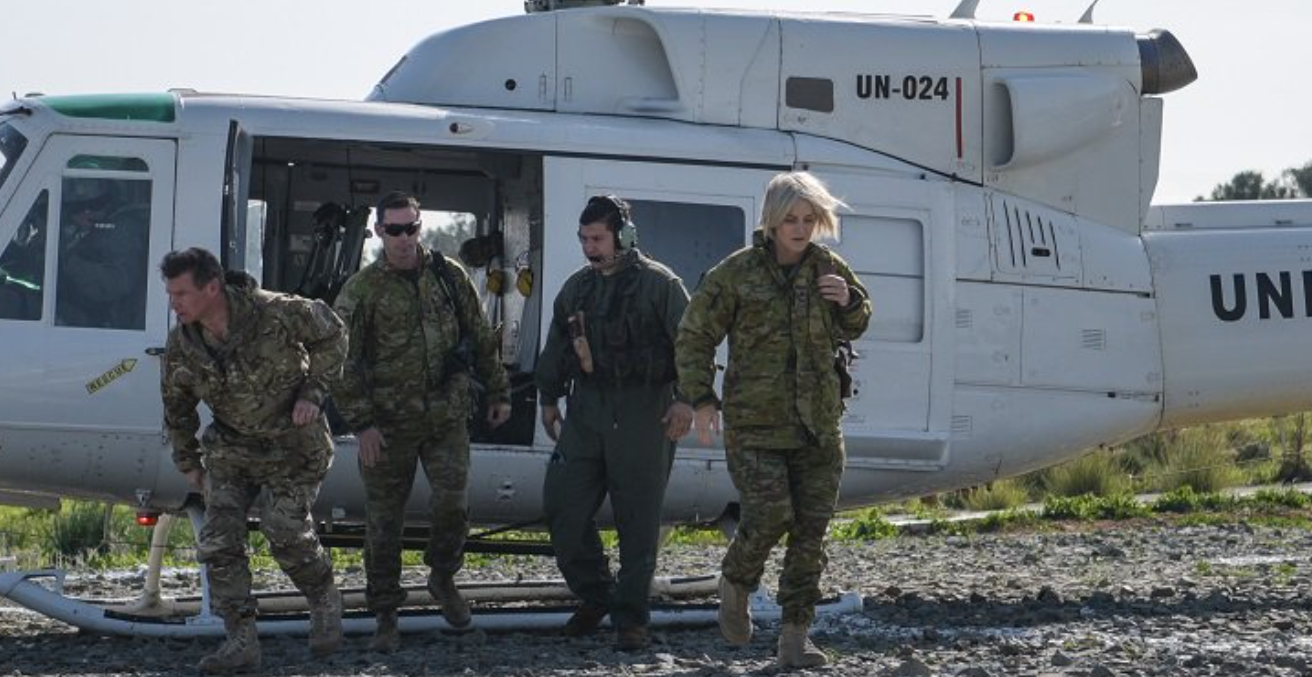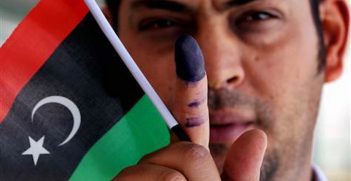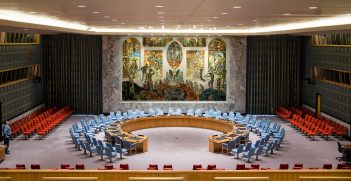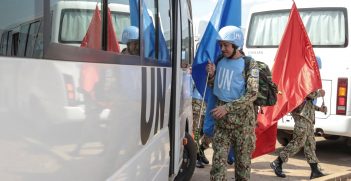Help Wanted: Women Leaders in Peacekeeping

Female leaders in peacekeeping constitute a visible representation of Australia’s commitment to gender parity.
Australia’s contribution of Major General Cheryl Pearce to the United Nations Peace Keeping Force in Cyprus (UNFICYP) has helped UN peacekeeping achieve a major milestone. With Major General Pearce’s appointment, UNFICYP has become the first UN mission to have its three major leadership positions filled by women. UNFICYP is led by Elizabeth Spehar from Canada, the UN Secretary-General’s Special Representative and Head of the peacekeeping force in Cyprus. The leadership trio is completed by Ann-Kristin Kvilekval of Norway, who is the Senior Police Adviser of the force. In supporting Major General Pearce’s appointment, Australia has started living up to its commitment to being a leader in fostering women in peace operations.
UNFICYP is one of the longest running UN missions. Established in 1964, UN forces create a buffer zone between Turkish Cypriot forces in the north and Greek Cypriot forces in the south. The mission prevents violence between the Cypriot and Turkish Cypriot communities in the absence of a ceasefire or peace agreement. Though, with roughly 800 troops and 60 police, UNFICYP is a small peacekeeping force compared to other missions, they deal with hundreds of incidents each year and are responsible for patrolling the 180 kilometre zone between the two sides. In their support of peace, they have also helped open several crossing points and disarmed 27,000 landmines in the area. Though the Cyprus conflict had continued for decades, talks in 2017 to reunify the divided island were seen as the most promising in generations. Unfortunately, these talks collapsed without reaching an agreement, reaffirming the importance of a UN presence to prevent violence.
The importance of having women at all levels and in all aspects of peace operations cannot be overstated. The presence of empowered women in peace operations empowers women in host communities. For example, the all-female police unit formed in Liberia inspired Liberian women to join the security sector. When the female Formed Police Unit was established, women made up just six percent of the security sector. Nine years later that number has jumped to 17 percent. The presence of women also makes the mission more approachable and provides additional perspectives to ensure that peace operations are as efficient as possible, including ensuring that the specific needs of female combatants, ex-combatants and civilians are addressed. A UN mission without sufficient women is simply not as effective.
Even more important than the presence of qualified women is the presence of women leaders. The newly appointed Secretary General António Guterres pledged greater gender parity in the UN during his tenure and has made important steps to fulfill that pledge. In 2018, for the first time ever, the United Nations has gender parity at the senior leadership level. Unfortunately, such gains have not yet reached peace operations.
Despite the obvious benefits of women peacekeepers, the UN has struggled to increase the presence of women in its peacekeeping forces, both in the field and at the leadership level. This includes in civilian leadership, the military and the police. This is not to say that the UN has not made efforts to increase women’s participation. The passing of UN Security Council Resolution 1325 on Women, Peace and Security in 2000 was the first of several resolutions which raised the importance of the role of women and girls, not only in peace processes but also in the UN’s favoured mechanism to support these processes, UN peacekeeping operations. Even though it has been almost 20 years since UN Security Council resolution 1325, only four percent of troops deployed to peace operations are women. Police components fare slightly better with 10 percent of police officers deployed to UN operations being women and three of 16 (19 percent) of UN police components having women heads. It took till 2014 for the first female general to be appointed as the military commander, with Major General Kirstin Lund of Norway appointed to command the UN peacekeeping force in Cyprus. Major General Cheryl Pearce is the second female force commander to be appointed in the UN’s 70-year history.
The major reason we do not see more women in peacekeeping is that women are underrepresented in the security forces all over the world. The United Nations relies on military contributions from its member states. Even in the most developed countries, the ratio of men to women in the military is far less than fifty percent. For example, women only make up 16.5 percent of the Australian Defence Forces. This drops to 12.1 of soldiers who actually deploy, due to their lower representation in the high-demand occupational groups such as combat and security, and engineering, technical and construction. The percentage of women in the militaries actively contribute troops to peace operations is often even lower.
Recent initiatives, such as the Elise Initiative launched by Canada, to help troop contributing countries recruit and retain women, are a strong step in the right direction. The UN has also launched the Action for Peacekeeping (A4P) initiative to strengthen peacekeeping, including having women, peace and security as a priority area. However, until women have time to move up the ranks in major troop contributing countries, it falls to those militaries with highly capable female soldiers already within their ranks, to step up and fill the gaps. The deployment of the highly capable Major General Pearce is a step in the right direction. Contributions to peace operations do not require the deployment of entire battalions. Instead, countries like Australia can bridge the gender gap in UN peacekeeping leadership by contributing women to mid and high level positions in the civilian, military, and police components of operations. Australia has highly competent and qualified women who would be able to contribute their experience, professionalism and skills to helping bring peace to conflict-torn countries. Leading by example, these women can show other troop contributors, as well as women (and men) in the host country the value of gender parity.
Shannon Zimmerman is a PhD researcher at the Asia Pacific Centre for the Responsibility to Protect in the school of political science and international studies at the University of Queensland.She was formerly a Senior Program Specialist at the United States Institute of Peace.
This article is published under a Creative Commons Licence and may be republished with attribution.





